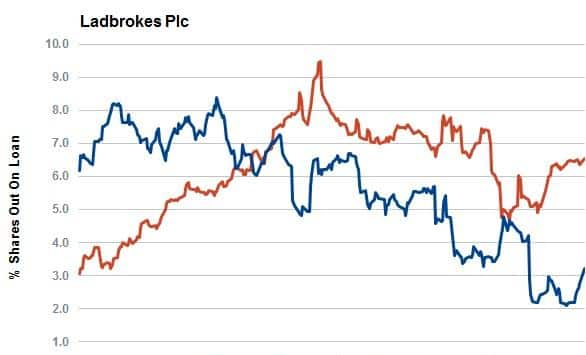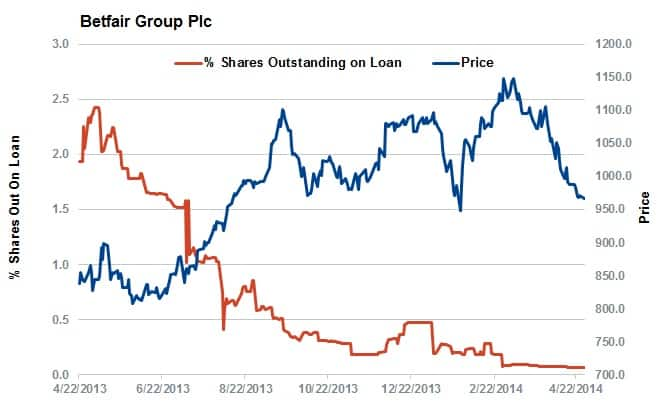Frontier investments

Frontier markets have struck a chord with investors while emerging markets have stumbled. We highlight the outperformance alongside possible dangers faced by investors considering the fringes of the investable universe.
- Frontier ETFs have gained over $500m over the last year to take AUM to $860m
- Trading costs for frontier market funds see spreads over 10 times wider than emerging market funds
- The ETFs still fail to account for the variation of returns within many frontier countries
While emerging markets fall out of favour and frontier markets gain traction with ETF investors, we sit down with Sub Sahara expert Jonathan Kruger from Africa Merchant Capital to get his views frontier investing in the African continent and the lessons which can be drawn for investors looking to take a view on the asset class.
Emerging out of favour
In what has been the key asset reallocation story of the year, Emerging market ETFs have seen over $12bn of outflows in the first three months of the year.
The opening weeks of the second quarter having seen investors regain their appetite with the 179 funds tracking emerging markets experiencing $6.7bn of inflows. However, investors have still pulled a cumulative $19.5bn from emerging market funds over the last 12 months.
Frontier investing
On the opposite end of the development index, frontier market exposed ETFs have seen large inflows in the last 12 months. While the asset class is still relatively new to the ETF world, the four funds tracked by Markit have seen over $536m of net new assets flow their way in the last 12 months.

Monthly inflows held steady over the period indicating that the recent stumble seen in emerging markets did not dent the appetite for frontier funds.
While the total AUM base of these four funds has yet to pass the $1bn mark, the appetite is there for investors, especially as frontier markets look set to overtake some of their more established emerging peers according to some economic metrics.
An example mentioned in our discussion was Nigeria which recently overtook South Africa as the continent’s largest economy in GDP terms. Combine that with the fact that many frontier markets have reigned in fiscal excesses and tightened up accounting standards and the case for frontier investing starts to build.
Watch out for costs
While frontier market ETFs have a similar management fee structure to their emerging market counterparts, liquidity in these funds comes at a cost which investors in emerging markets fund do not have to contend with.
The iShares MSCI Frontier 100 fund, the largest frontier market EFT has seen its average bid ask spread of 31bps over the last 30 trading days. While this spread is down from 27bps a year ago, it is still nearly ten times higher than the 3bps bid ask spread seen in largest emerging market ETF.
These spreads can top out well into the triple digits as is the case for the Global X Nigeria ETF which has a trailing 30 day bid ask spread of 171 basis points.
Passive v Active
An interesting discussion point mentioned by Mr Kruger was his view on bottom up analysis in frontier market investment.
This is driven by a need to fully understand the business structure of companies where things such as where in a country a company is located can greatly shape returns.
As such, investing in any of the 26 countries classified by MSCI as frontier markets might not fit the one size fits all approach that the passive ETF products offer.